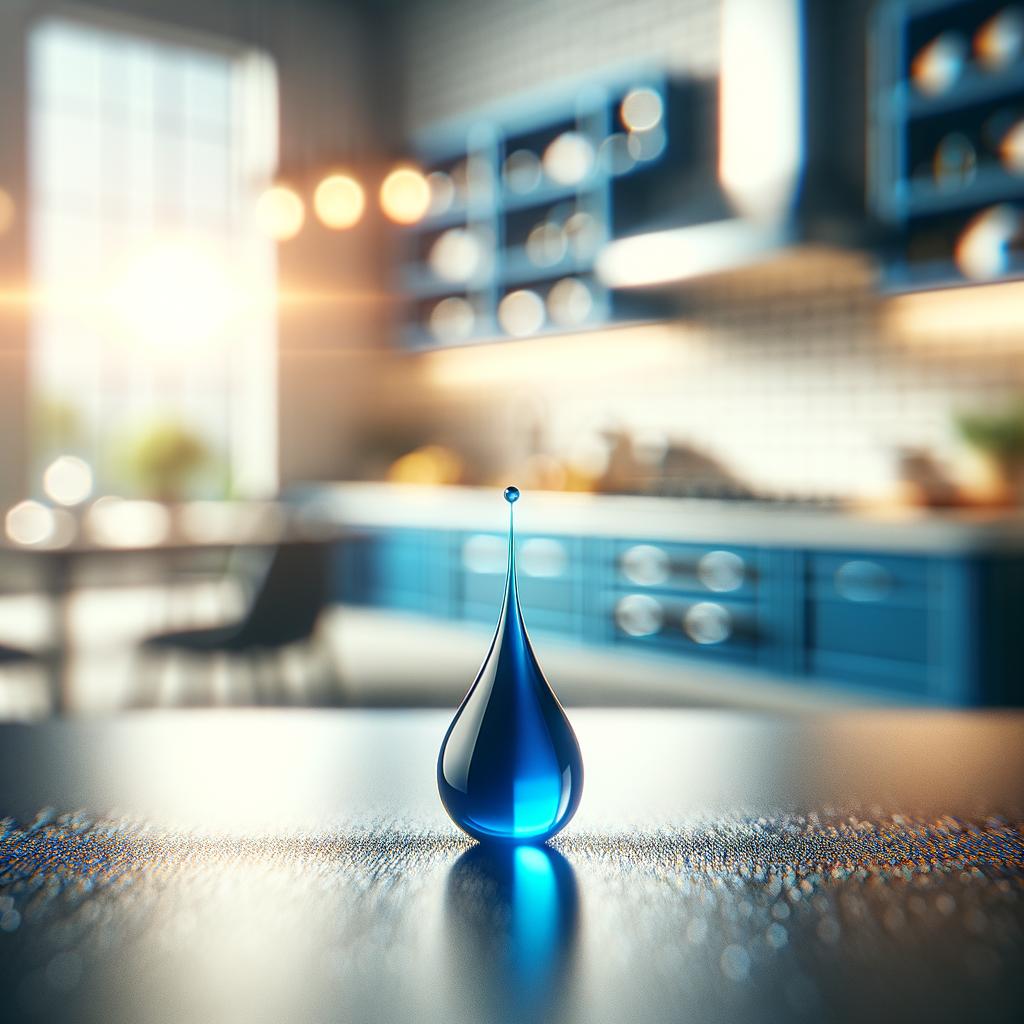Blue Food Coloring

Description
Blue food coloring, a whimsical and vibrant ingredient, adds a splash of magic to any culinary creation. It is a liquid or powder that, when added to food or drink, imparts a rich, azure hue. The texture is smooth and easily blends into any mixture without altering its consistency. It has no distinct flavor, allowing it to seamlessly integrate into any recipe. The characteristic that sets blue food coloring apart is its ability to transform ordinary dishes into visually stunning masterpieces, evoking the mystery and beauty of the deep sea or the vast, open sky.
Primary Uses
Blue food coloring is primarily used to enhance the visual appeal of a variety of dishes. It's a key component in creating colorful cakes, cupcakes, candies, and beverages. It is also used in certain cultural celebrations, like the Indian festival of Holi, where it's mixed into drinks and sweets. In addition to its culinary uses, blue food coloring is often used in scientific experiments to demonstrate color mixing and in art projects for children.
History
The history of blue food coloring is as fascinating as its vibrant color. Historically, it wasn't easy to find naturally occurring blue food, making blue food coloring a marvel of modern food technology. The first synthetic food coloring was created in the mid-19th century, but it wasn't until the 20th century that blue food coloring gained popularity. The introduction of the "blue raspberry" flavor, a purely imaginative creation, marked a significant increase in the use of blue food coloring. Over time, it has become a staple in home baking and professional confectionery, turning ordinary treats into eye-catching delights.
Nutritional Information
Blue food coloring, like all food colorings, doesn't contribute significant nutritional value to a dish. It contains no vitamins, minerals, or macronutrients. However, it's important to note that some people may have sensitivity or allergic reactions to certain food colorings. Compared to natural coloring alternatives like spirulina, blue food coloring lacks nutritional benefits. However, its unique ability to create a striking blue hue in food is unmatched, making it a beloved ingredient for those seeking to add a touch of whimsy and wonder to their culinary creations.

